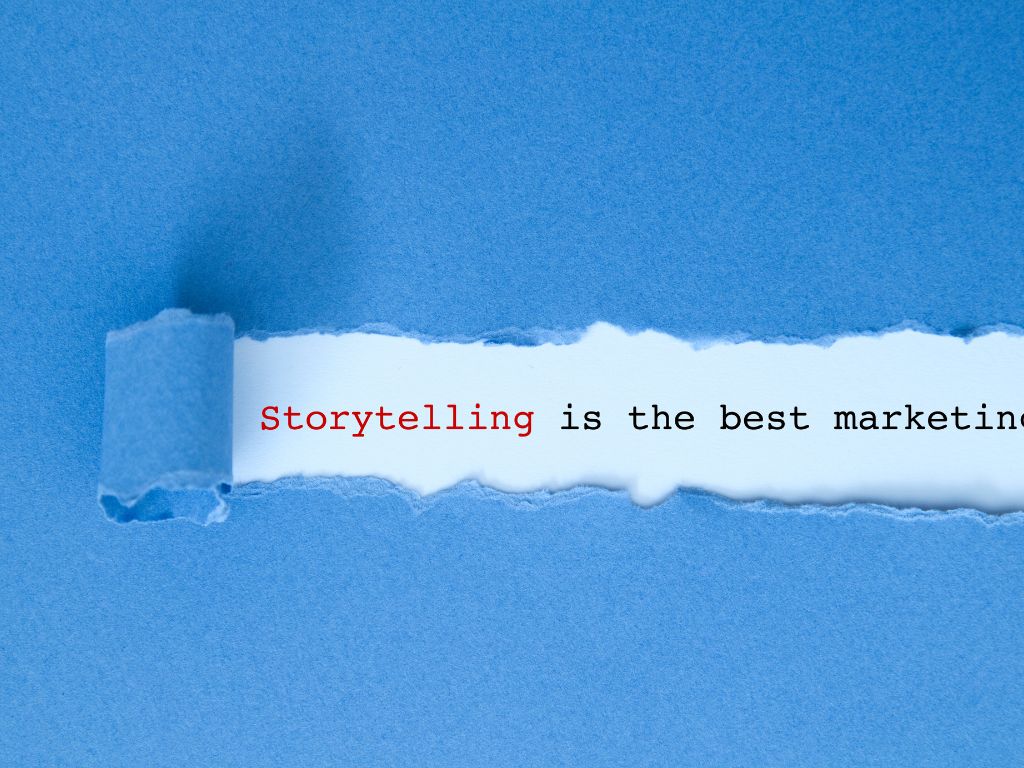In today’s highly competitive market, brands need more than just great products or services to stand out. They need a compelling story that resonates with their audience. Storytelling in branding is an essential tool that helps businesses create emotional connections, build trust, and establish a lasting impression. Let’s dive into why storytelling is crucial for branding and how you can leverage it to make your brand unforgettable.
Why Storytelling Matters in Branding
- Creates Emotional Connections: People relate to stories more than they do to mere facts and figures. A well-crafted brand story can evoke emotions and forge deep connections with your audience.
- Enhances Brand Recall: Stories are easier to remember than a list of features or benefits. When people remember your story, they remember your brand.
- Builds Trust and Authenticity: Transparency and authenticity are vital for modern consumers. A genuine story builds credibility and strengthens trust with your audience.
- Differentiates Your Brand: A unique brand story sets you apart from competitors, providing a narrative that helps your business stand out in a crowded market.
How to Craft a Compelling Brand Story
- Know Your Brand’s Purpose Every great brand story starts with a strong purpose. Why does your brand exist beyond making a profit? Define your mission, vision, and core values, and let them guide your storytelling.
- Identify Your Target Audience Your story should resonate with your ideal customers. Understanding their pain points, aspirations, and values will help you tailor a narrative that speaks directly to them.
- Develop a Relatable Hero In most successful brand stories, the customer is the hero, not the brand itself. Your brand plays the role of the guide, offering solutions and empowering customers to achieve their goals.
- Use a Clear Narrative Structure A compelling brand story follows a structured format:
- The Problem: Identify a challenge or pain point your audience faces.
- The Journey: Show how your brand provides a solution.
- The Resolution: Demonstrate the transformation and success achieved with your product or service.
- Be Authentic and Consistent Consumers can quickly spot inauthentic messaging. Ensure that your story aligns with your brand’s actions, messaging, and values across all touchpoints.
Successful Brand Storytelling Examples
- Apple: Apple’s story is built on innovation, simplicity, and challenging the status quo. Their brand narrative is woven into every product launch and marketing campaign.
- Nike: Nike’s “Just Do It” campaign embodies storytelling by showcasing real-life athletes overcoming obstacles, making their brand synonymous with perseverance and achievement.
- Coca-Cola: Coca-Cola tells stories of happiness and togetherness, making their brand a symbol of joyful experiences and shared moments.
Conclusion
Storytelling in branding isn’t just a trend—it’s a powerful strategy that can transform how people perceive your business. By crafting an authentic, engaging, and relatable story, you can build stronger connections with your audience, increase brand loyalty, and leave a lasting impact. Whether you’re a startup or an established brand, embracing storytelling can be the key to making your brand truly unforgettable.





